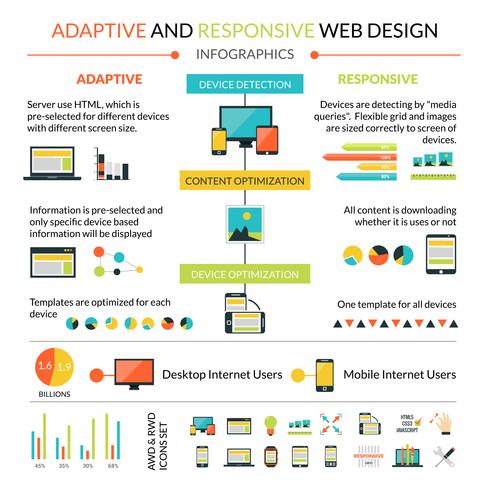Eager To Find How Web Site Layout Has Transformed Gradually? Dive Into The Evolution From Simplicity To User-Focused Experiences.
Eager To Find How Web Site Layout Has Transformed Gradually? Dive Into The Evolution From Simplicity To User-Focused Experiences.
Blog Article
Produced By-Carstens Harding
In the past, internet sites were basic and focused on details. Navigation was straight, and design was for desktops. Now, customer experience is key. Information overviews layouts for easy navigation. Responsive layouts fit different devices. https://www.forbes.com/sites/theyec/2019/09/16/basic-tips-to-ensure-your-content-is-seo-friendly/ , dark setting reduces stress, and minimalist food selections improve navigating. Interactive attributes involve customers, and bold visuals stand out. https://tysonhcwrk.buyoutblog.com/29918442/meticulously-pick-a-digital-advertising-firm-for-your-company-based-upon-objectives-budget-and-sector-experience-learn-even-more-for-success improves interaction. See how layout has advanced to boost your on the internet journey.
Very Early Days of Website Design
In the very early days of web design, simplicity preponderated. Internet sites were basic, with restricted shades, typefaces, and designs. The emphasis was on supplying details as opposed to flashy visuals. Individuals accessed the net through sluggish dial-up links, so rate and capability were crucial.
Navigation food selections were straightforward, typically located at the top or side of the page. Internet sites were created for desktop, as mobile surfing wasn't yet prevalent. Material was king, and designers prioritized easy readability over intricate style aspects.
HTML was the primary coding language made use of, and developers needed to work within its constraints. Computer animations and interactive attributes were marginal contrasted to today's criteria. Web sites were static, with little vibrant material or individualized user experiences.
Surge of User-Focused Design
With the evolution of web site style, a change towards user-focused style principles has become increasingly noticeable. Today, creating websites that prioritize individual experience is vital for involving site visitors and accomplishing organization goals. User-focused style includes understanding the requirements, choices, and behaviors of your target market to tailor the site's design, material, and includes appropriately.
Designers currently perform comprehensive research, such as user surveys and usability testing, to gather understandings and responses directly from users. This data-driven approach assists in producing instinctive navigation, clear calls-to-action, and aesthetically appealing interfaces that reverberate with visitors. By positioning the individual at the center of the design process, internet sites can supply an extra customized and delightful experience.
Responsive layout has actually likewise become a key facet of user-focused style, making certain that sites are enhanced for various devices and screen dimensions. This versatility improves access and usability, dealing with the diverse methods users communicate with sites today. In essence, the rise of user-focused layout represents a shift towards developing digital experiences that prioritize the needs and assumptions of the end individual.
Modern Trends in Web Design
Explore the most up to date fads shaping website design today. One noticeable pattern is dark setting design, using a smooth and contemporary appearance while lowering eye stress in low-light atmospheres. One more essential pattern is minimalist navigating, streamlining menus and boosting customer experience by focusing on essential elements. Including micro-interactions, such as animated switches or scrolling results, can develop a much more interesting and interactive site. Responsive design stays vital, guaranteeing smooth customer experiences throughout various tools. Furthermore, making use of vibrant typography and asymmetrical formats can include aesthetic interest and accentuate specific web content.
Integrating AI technology, like chatbots for customer support or personalized referrals, boosts individual interaction and simplifies procedures. Access has also become a considerable pattern, with developers prioritizing comprehensive layout techniques to accommodate diverse user requirements. Embracing sustainability by maximizing site performance for rate and effectiveness is an additional emerging pattern in web design. Collaborating with user feedback and information analytics to iterate and enhance layout continuously is essential for remaining pertinent in the ever-evolving electronic landscape. By accepting these modern patterns, you can develop an aesthetically enticing, straightforward website that reverberates with your audience.
Final thought
As you reflect on the development of internet site layout from the early days to currently, you can see just how user-focused layout has actually ended up being the driving force behind modern-day trends.
Welcome the trip of modification and adaptation in website design, constantly keeping the customer experience at the forefront.
Keep existing with the latest fads and modern technologies, and never ever quit developing your approach to develop visually stunning and straightforward sites.
Develop, adapt, and develop - the future of website design remains in your hands.
